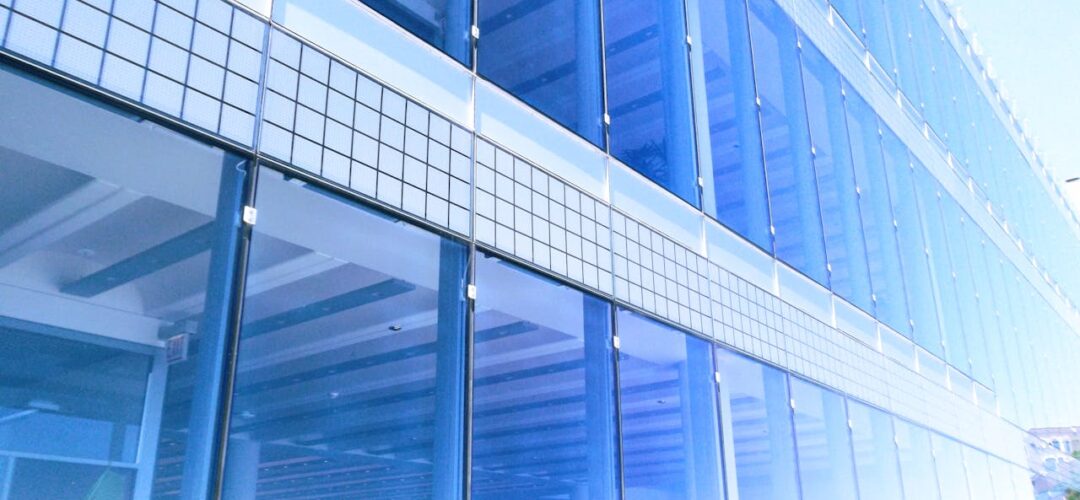Choosing the right solar film for your windows involves understanding the differences between metallic and ceramic options. Both metallic and ceramic films offer unique advantages, but they vary in terms of performance, appearance, and suitability for different applications.
Composition and Construction
- Metallic Solar Film – Metallic films are typically constructed with layers of metalized particles embedded within a polyester film. These metalized layers provide excellent heat rejection and glare reduction properties.
- Ceramic Solar Film – Ceramic films, on the other hand, utilize advanced ceramic nanoparticle technology to achieve superior heat rejection without the use of metalized components. Ceramic films are known for their clarity, durability, and color stability.
Heat Rejection and Glare Reduction
- Metallic Solar Film – Metallic films excel in blocking solar heat and reducing glare, making them ideal for environments where heat and glare control are paramount.
- Ceramic Solar Film – Ceramic films offer comparable heat rejection and glare reduction capabilities to metallic films while maintaining optical clarity and color neutrality. They are particularly well-suited for applications where aesthetics and visibility are important.
Optical Clarity and Appearance
- Metallic Solar Film – Due to their metalized construction, metallic films may exhibit a slight reflective appearance from the exterior, which can vary depending on the film’s tint and density.
- Ceramic Solar Film – Ceramic films provide exceptional optical clarity and transparency, allowing for unobstructed views both day and night. Their non-metalized composition ensures minimal reflectivity and a neutral appearance.
Durability and Performance
- Metallic Solar Film – Metallic films are known for their durability and longevity, offering reliable performance in various climate conditions. Prolonged exposure to harsh environments may cause some metallic films to degrade over time.
- Ceramic Solar Film – Ceramic films are engineered for long-term performance and stability, with resistance to fading, discoloration, and bubbling. Their non-metalized composition makes them less susceptible to corrosion or interference with electronic devices.
The choice between metallic and ceramic solar film depends on your priorities, preferences, and specific requirements. While metallic films offer excellent heat rejection and glare reduction, ceramic films provide superior optical clarity and color stability. By understanding the distinctions between these two types of solar film, you can select the option that best suits your needs for energy efficiency, aesthetics, and performance. Consult with a reputable window tinting professional to explore your options and receive personalized recommendations based on your unique circumstances.






